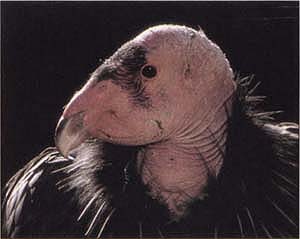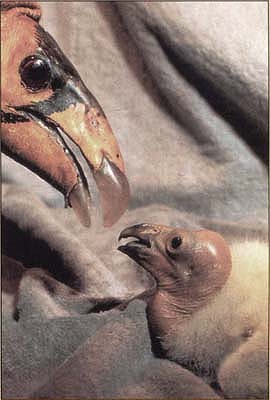All Issues
Sidebar: Setting priorities for conserving endangered species
Publication Information
California Agriculture 49(6):43-43. https://doi.org/10.3733/ca.v049n06p43
Published November 01, 1995
PDF | Citation | Permissions
Abstract
Abstract Not Available – First paragraph follows: While the Endangered Species Act requires us to try to save every listed species, many argue that this is not feasible from an economic standpoint. The argument goes that because there is a limited amount of money for conservation, we need to decide which species are the most important to save.
Full text
While the Endangered Species Act requires us to try to save every listed species, many argue that this is not feasible from an economic standpoint. The argument goes that because there is a limited amount of money for conservation, we need to decide which species are the most important to save.
The letter of the law notwithstanding, it may come as a surprise that there is a federal system for setting conservation priorities. The current system for setting conservation priorities considers how unique, how threatened and how recoverable a species is as well as the economic impact of listing the species as endangered. The system is hierarchical: the first factor is weighted the most and the last is weighted the least.
While this system sounds good in theory, in practice it does not work as well as it could. For one thing, although economic impact is supposed to be the least important factor in setting conservation priorities, when the impact is serious this factor tends to dominate the discussion, as in the case of the spotted owl. In addition, such protracted public debates drain limited resources from other endangered species that need protection.
Another problem with the current system is that a species' distinctiveness is defined in terms of taxonomy — biologists' method for classifying species. For example, species are given higher priority than subspecies. However, the standards for classification as a species or a subspecies vary across groups of organisms. In other words, what botanists might classify as a species, mammalogists might classify as subspecies. Moreover, this limited definition of distinctiveness overlooks the fact that a species' uniqueness is also reflected by its role in the ecosystem. Some species are interdependent on other rare species, for example, key pollinators of endangered plants. Some species live only in rare habitats such as vernal pools and serpentine soil. Also, so-called “umbrella species” such as the San Joaquin kit fox populate such large habitats that saving them also means saving some of the other rare species that live there.
These shortcomings are often moot, however, because the U.S. Fish and Wildlife Service has little opportunity to use its system for setting conservation priorities. One reason is that most of the money budgeted for saving endangered species goes to condors, black-footed ferrets and a few other species that enjoy vocal public support. People who care about a particular species lobby Congress, which then attaches a provision earmarking funds for that species to an appropriations bill.
Another reason that the Fish and Wildlife Service does not always conserve species according to their priority is that lawsuits distort the conservation system. Many regulators hardly get to consider the relative importance of saving a given species because they are so busy responding to lawsuits. Petitions to list and delist species must be responded to within statutory time limits, which consumes regulators' time and energy.
Even if regulators did not face these obstacles, priority-setting would be in trouble because the current system needs improvement. While many have criticized the current system for setting conservation priorities, few have suggested concrete ways of improving it. At one extreme, we could divide the money equally among the listed species. Another approach would be to save as many species as possible by focousing on those that can be recovered the most inexpensively. Or we could decide that large animals like the grizzly bear are worth more to us than a few beetles. None of these approaches, however, addresses the real problem: how to save functional ecosystems.
Conservation funds often go to endangered species that enjoy vocal public support, such as condors. (Courtesy of the Los Angeles Zoo)
Resolving the issue of setting priorities for conserving endangered species is very difficult in our diverse, democratic and litigious society. However, we should try to base the priority-setting process on sound science so we can conserve as much as possible for future generations.






